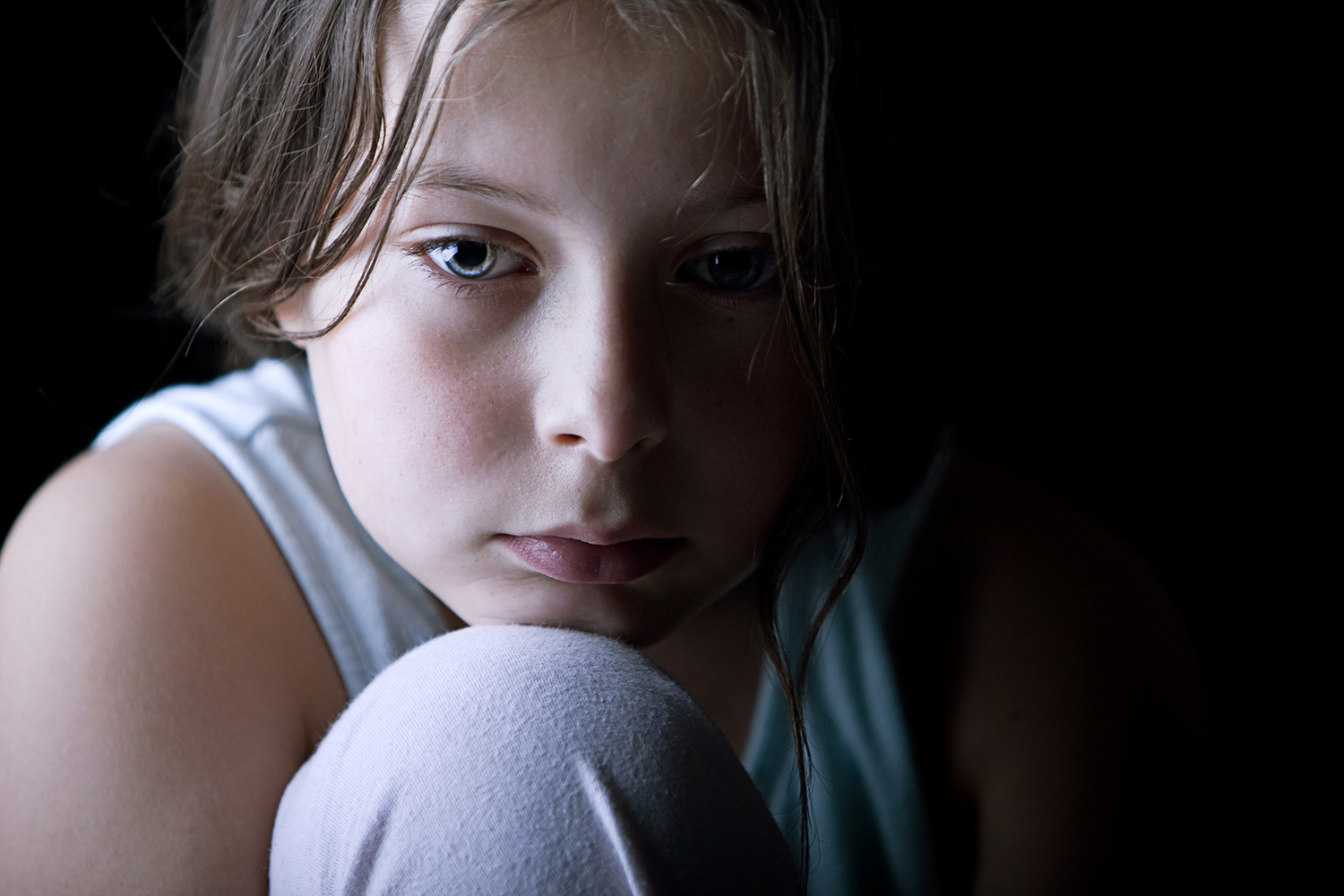Human Trafficking
WHAT PARENTS NEED TO KNOW
You may have heard about human trafficking on the news or on social media, but do you know that it potentially endangers children in every community across Canada? Children of all ages, genders and socioeconomic backgrounds can become victims of human sex traffickers.
One of the best ways to protect your children and the children in our community is to know the risk factors and the signs associated with human trafficking.
Start with this Video
What Is Sex Trafficking? is an excellent video produced by Rhonelle Bruder, a formerly homeless youth, high school dropout, and survivor of child sex trafficking. This is a perfect tool to begin a conversation with your family members.
Who Do Traffickers Target?
Traffickers have been known to actively seek out children with one of more of the following risk factors:
- Behavioral problems or mental illness
- Low self-esteem
- Sexual minority status (LGBTQ2S+)
- History of abuse or neglect
- Exposure to intimate partner violence
- Caregiver substance abuse or criminality
- Poverty
- Gang affiliation
- Substance abuse
As a parent, it is critical that you don’t read those factors and say “that’s not my child”.
How to Protect Our Children
By helping your child develop and maintain a good self-esteem and healthy relationships, you reduce the risk that he or she will be targeted by traffickers.
- Know what your kids are doing online.
- Know who your kids are with and where they are hanging out. There are obvious situations, like being on the street late at night, but even places like the mall can be dangerous.
- Teach your children resilency.
- Help your child build a strong self-esteem from an early age.
- Maintain open communication with your child. Be someone the teens in your life can talk with.

Cyber Safety
A child’s screen time is fraught with risk. This online space has become a new entryway into human trafficking and sexual exploitation.
Online Exploitation
Cybersex trafficking is the exploitation of a person through the internet via webcam, photos, videos, or other digital media.
Familial Trafficking
Familial trafficking is the abuse or exploitation of a victim at the hands of someone they know.
Sexting
Sexting is the sending of sexually explicit digital images, videos, text messages, or emails, usually by cell phone.
Family Technology
Clearly stated limits around technology use ensures there is no confusion over expectations. A family contract can help with that.
Identifying Victims of Trafficking
Victims of trafficking don’t always look, act or think as you would expect. Not all victims of human sex trafficking are kidnapped and locked away. Many attend school but may have frequent absences. In fact, many victims don’t view themselves as victims at all.
Many victims come from situations that they believe to be worse than being used or sold for sex. They may fear or “love” their trafficker. They have been taught, either through experience or conditioning by the trafficker, to distrust authority. And finally, they may feel shame. The shame is very powerful in keeping them quiet and preventing them from asking for help.
Victims of sex trafficking may be conditioned and controlled through some combination of the following methods: starvation, confinement, beatings, torture, threats of violence to victim and victim’s family, forced drug usage, cultural beliefs such as karma and denial of medical care or medications. They may be experiencing trauma bonding or even Stockholm syndrome.
Some red flags that a person is a victim of human sex trafficking include:
- Tattoos as a form of branding
- Fake nails or hair, or “extras” that are out of proportion to what you’d expect the child to have
- Hotel room keys
- Fake ID
- Numerous school absences
- Dating much older, abusive or controlling men
- Large amounts of cash, jewelry or new clothes
- Signs of physical assault or unexplained injuries (branding or tattooing, fractures, bruising, black eyes)
- Runaway or homeless






